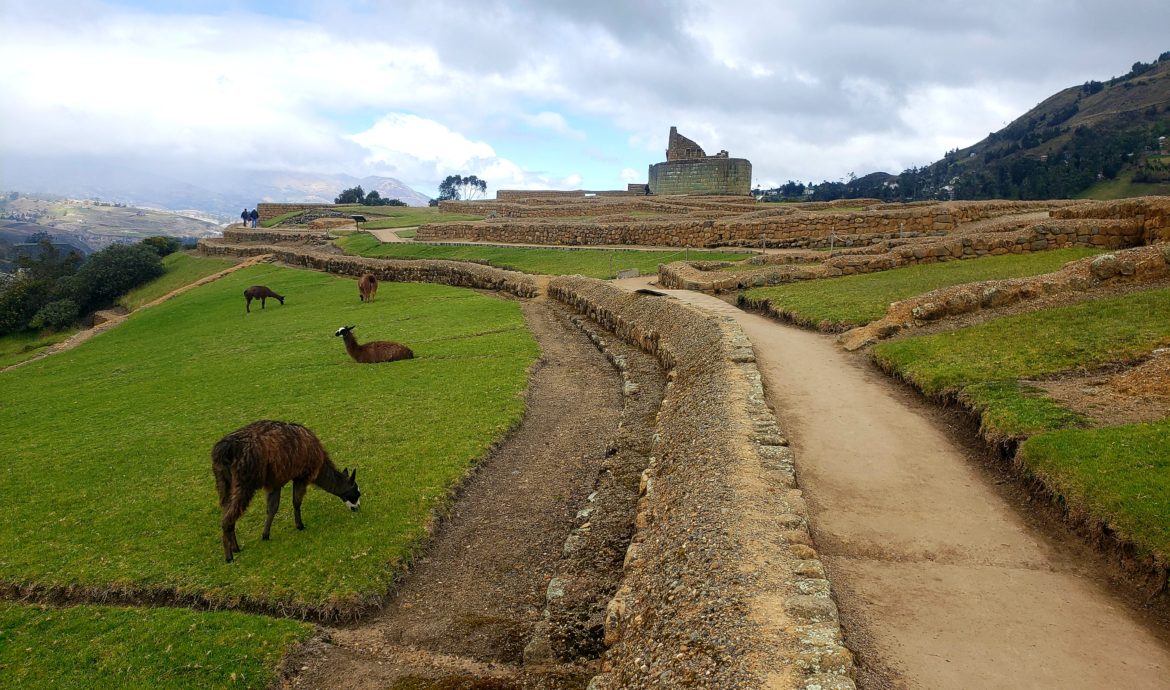
Los perros locos
Ecuador“I think I may kill a dog before I leave Ecuador,” I told Liz over the phone one night.
Kidding, but only sort of. Maniacal barks and snarls are the soundtrack to the backroads of Ecuador. I can hear them coming before I even see them, as if my bicycle emits a special odor attracting canines from miles away. They hurdle fences, plow through creeks, leap off ledges, and in a moment, they are sprinting alongside my back wheel, lunging at my heels.
Sometimes, they slow at the edge of their property when they realize I’m just passing by, still howling to let me know that I’m not welcome should I ponder returning someday. Other times, they keep up the chase until physically unable, snarling and baring their teeth, each step leaping closer and closer to my spinning ankles.
On a sandy road, passing some decrepit shacks with no evidence of humanity otherwise, I was surrounded by a pack of hounds so intimately that I almost fell while trying to maneuver my bike between their drooling jaws. Shortly after escaping, I stopped to catch my breath and check the map, and realized I had taken a wrong turn. I would have to turn around and go back uphill through the pack of mongrels again. The howls grew furious when they realized I was returning. I tried to ward them away by unclipping one foot from the pedal and waving it at them, but I lost balance in the sand and toppled. Now crouched on the ground, I waved my knife in a circle like a maniac, screaming back at the dogs. They kept their distance, but didn’t cease their furor while I struggled up and jogged away, pushing my bike with one hand while still waving my knife psychotically with the other.
“I might have to buy a BB gun,” I told Liz. She laughed nervously.
My concern over these crackpot curs would be less if it wasn’t for rabies. Despite the $900 I spent on rabies vaccines before the trip, treatment still requires getting to a hospital as soon as possible to receive additional booster shots. The nurse told me I would have to do this after any bite, regardless if I knew whether the dog had rabies. The disease can be fatal in humans once symptoms develop, so there’s no time to wait.
Would they really bite me? Or am I being irrational, I wondered. I doubted the ability of a dog to catch my calf in its jaw midair while I am pedaling furiously. Nonetheless, I read a comment in a facebook group dedicated to the bikepacking route I am following that a fellow cyclist had been bitten and had to seek medical attention, delaying his trip by two weeks.
I tried to give them the benefit of my doubt. I tried to imagine that they were, in fact, cheering for me. After all, what do humans do when they want to sound support for athletes? They scream and shout! What do humans do in big bike races like the Tour de France? They run alongside the riders! Maybe I’m not the enemy of these dogs – maybe I’m their hero!
This strategy fell apart when the dogs showed me their teeth. Barking could be cheering, chasing could be adoration, but I couldn’t dissociate growling and chomping from hostility.
One day, a shaggy, smaller-than-average black mutt came close enough that I could feel the humidity of its breath matting the hair on my calf. With a quick pivot of my foot and a thump, the dog was on its back on the side of the road, several feet away, its snarl instantaneously reduced to a sob. The whimper was musical. My foot pulsed with the satisfying sensation of striking a soccer ball perfectly from the laces.
“¡Diles a todos tus amigos perros, no moleste los ciclistas!” I shouted vengefully as it scampered away.
But as the satisfaction faded, a sour aftertaste emerged. Did I really just kick a dog in its face?
Suddenly, I thought about Jemi, the dog of my friends Ryan and Trisha back in California. Jemi is a panicky pup and barks psychotically whenever any guest enters their house, particularly me. But after some attention and maybe some spoonfuls of peanut butter, Jemi usually calms down a bit and is a lovable member of their family.
I kept picturing myself having kicked poor Jemi in the face. I thought, Ryan and Trisha will never talk to me again if they know I kicked a dog for barking at me!
More barks interrupted my thoughts. Two more were chasing me. Patience, I told myself. I stopped my bike. They stopped chasing. I stared at them.
“Hola, perritos.”
They backed off a few feet and I watched them bark, trying to interpret their anger. Then I pulled out the loaf of sweet rolls I had tied to my handlebars, and tossed a couple pieces in their direction. They sniffed the bread curiously for a moment, and then devoured it. When finished, they looked up at me. Quietly! I tossed them a couple more. Before I knew it, the dogs were sitting patiently on the side of the road next to my bike and my loaf was gone.
“Diles a tus amigos perros,” I implored my new friends, “no moleste los ciclistas. Por favor.”
Unfortunately, I have not captured any photographs of the perros locos. I’m too busy trying to get away. So photos below are totally unrelated.
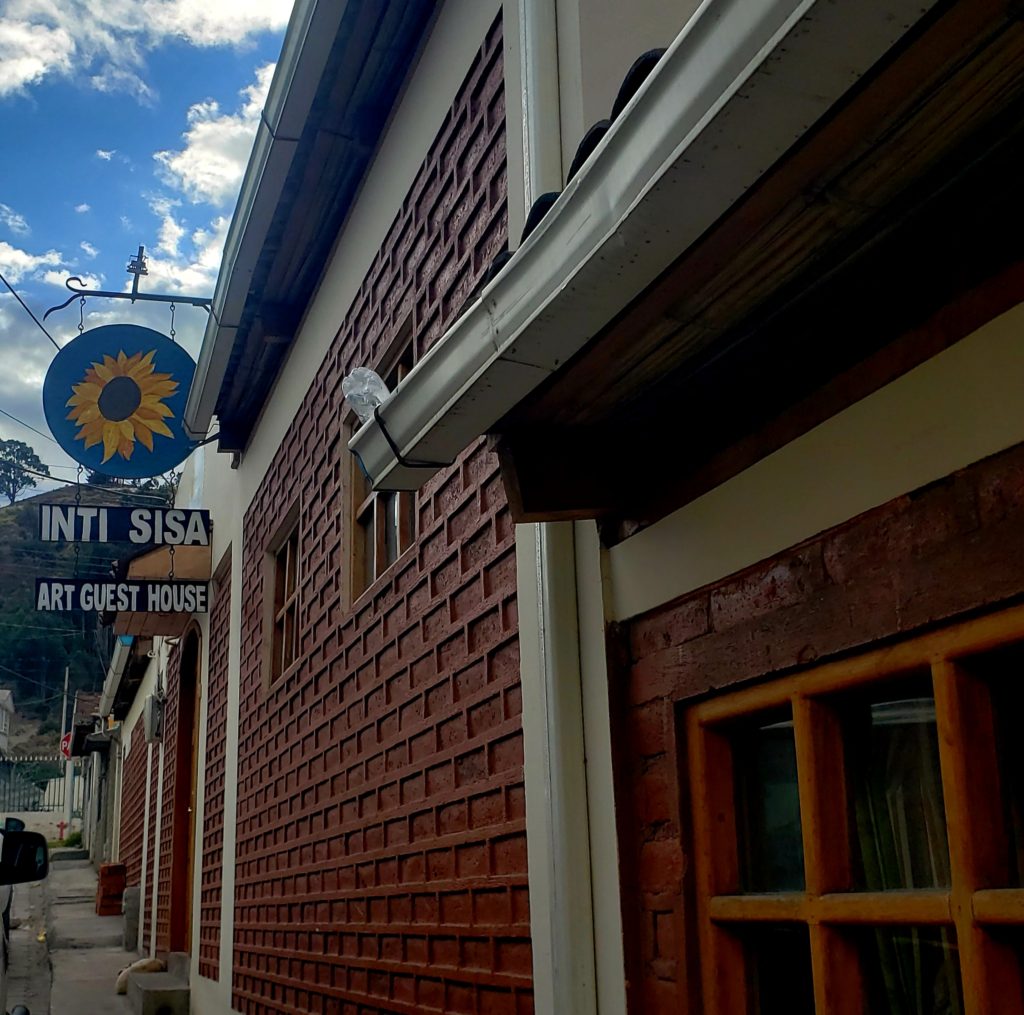
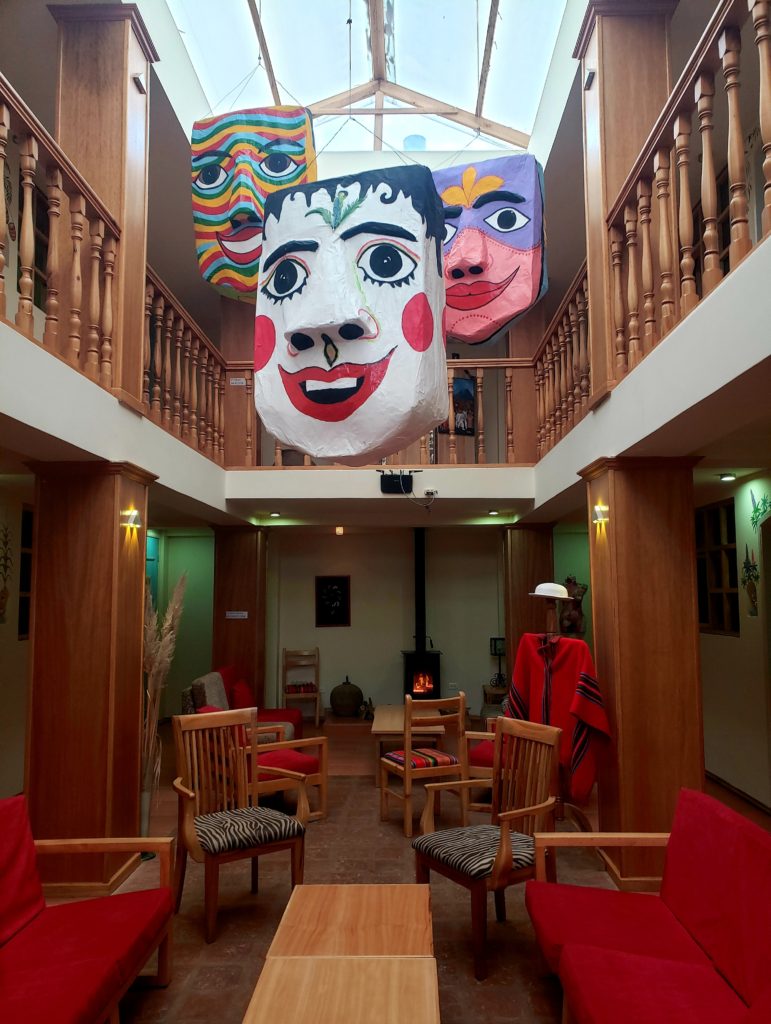
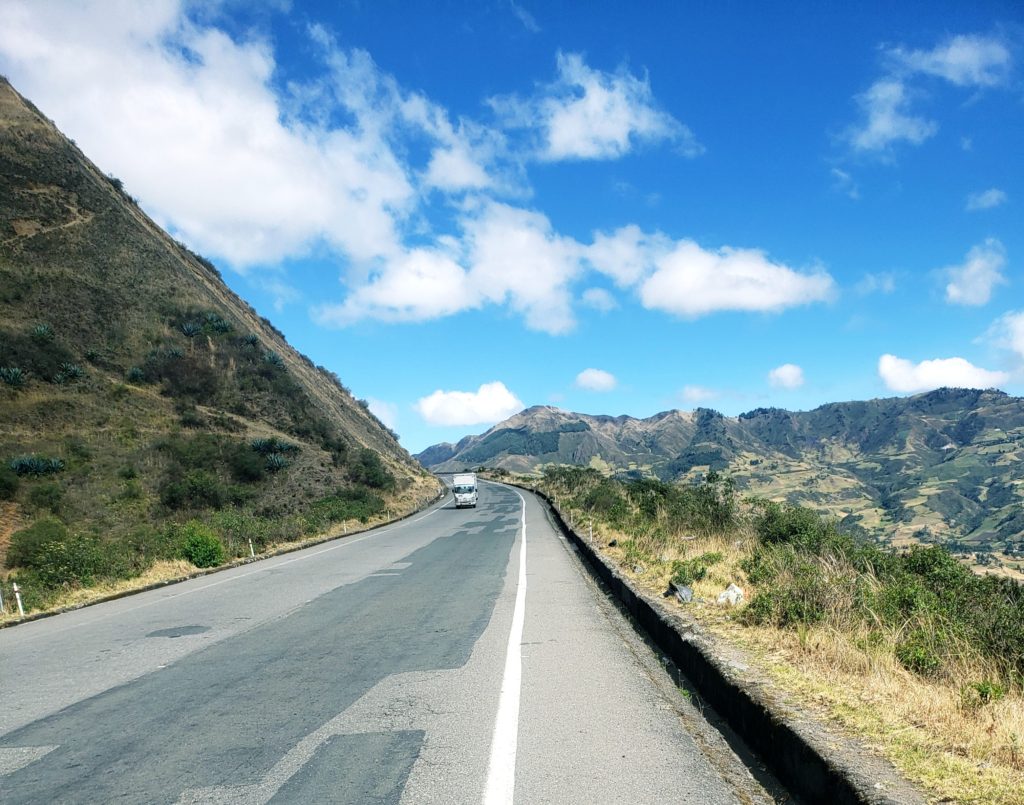
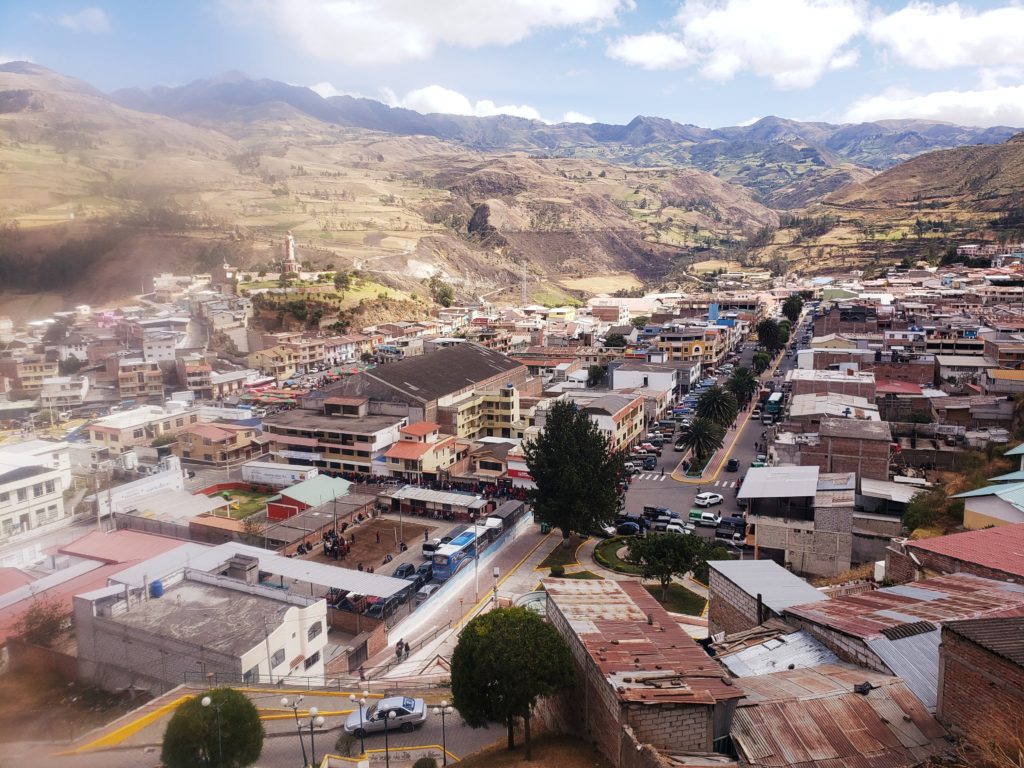
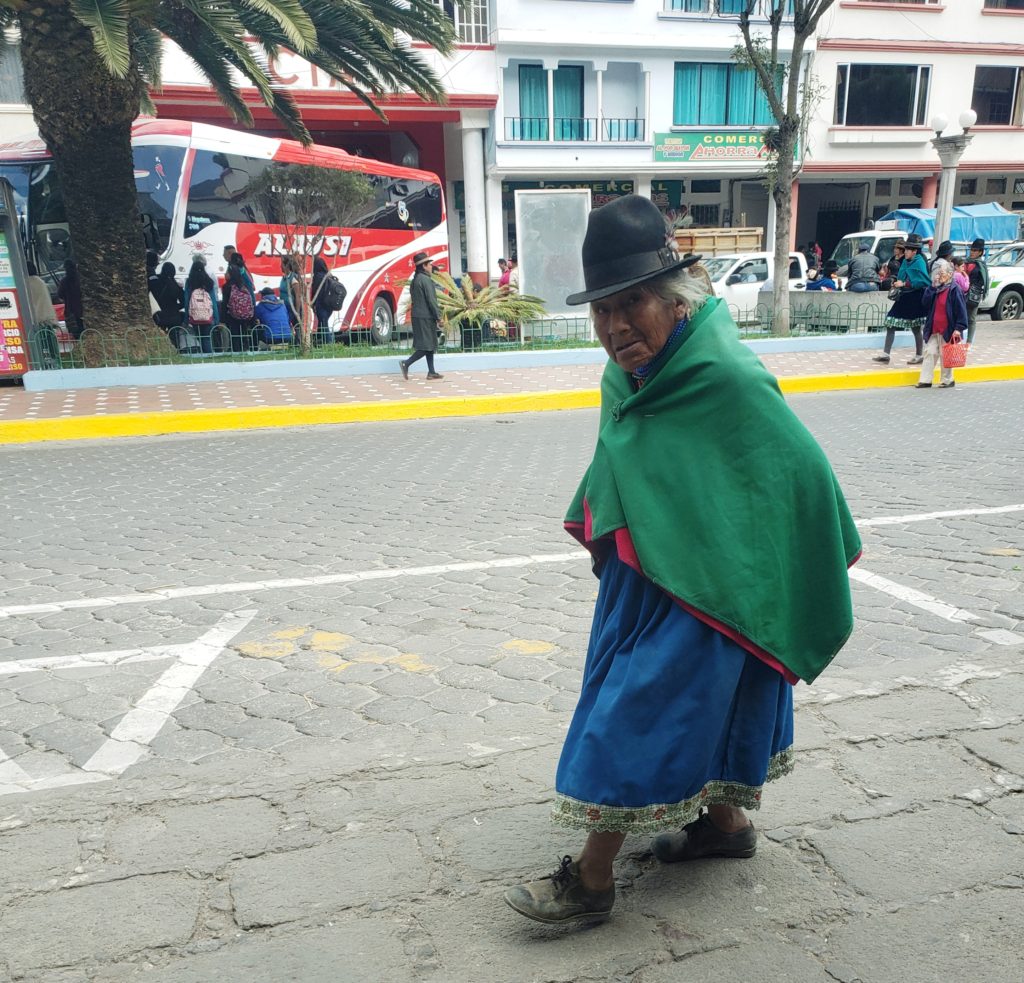
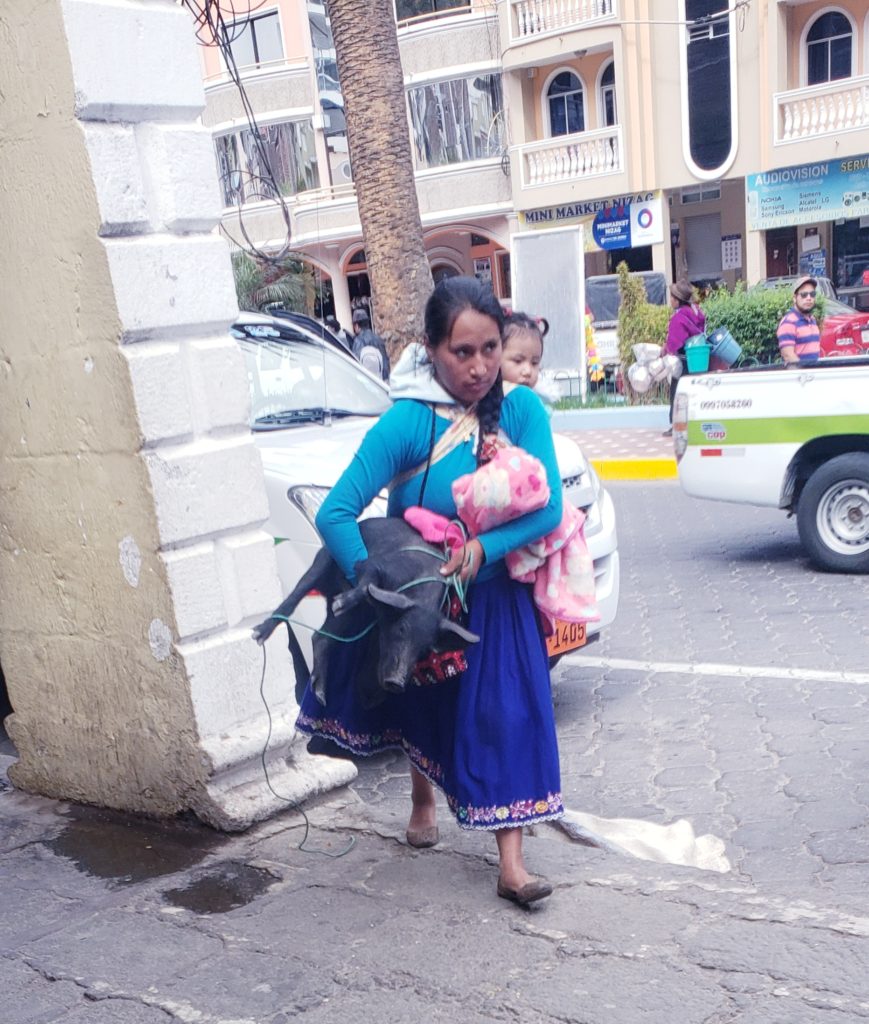
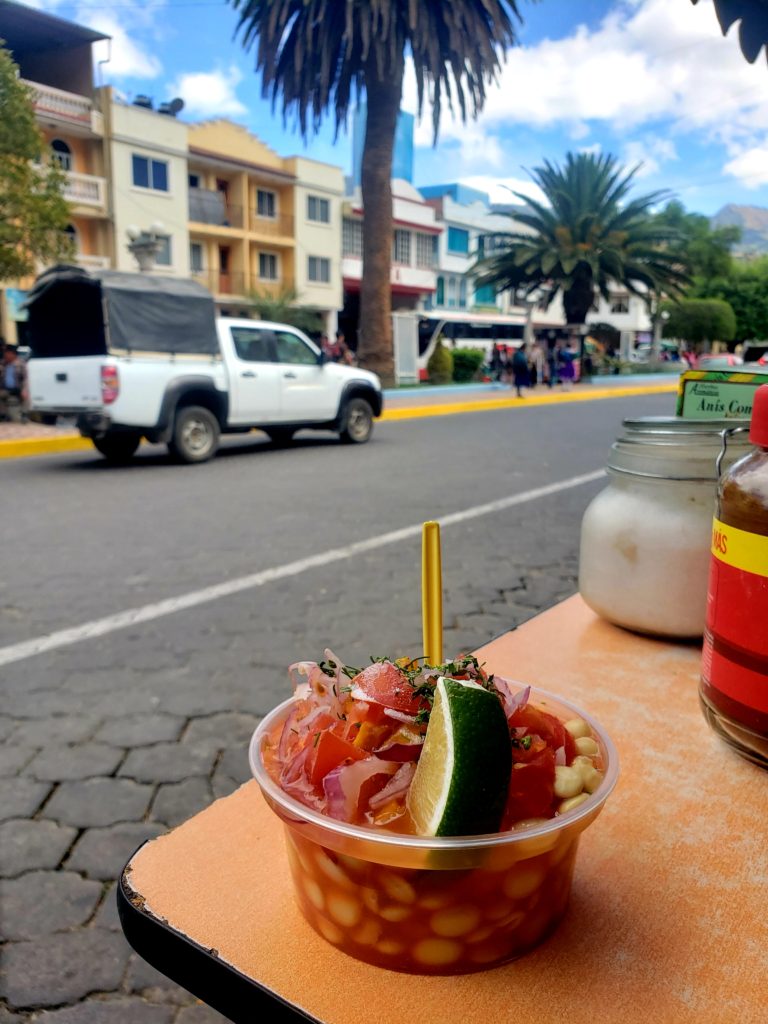
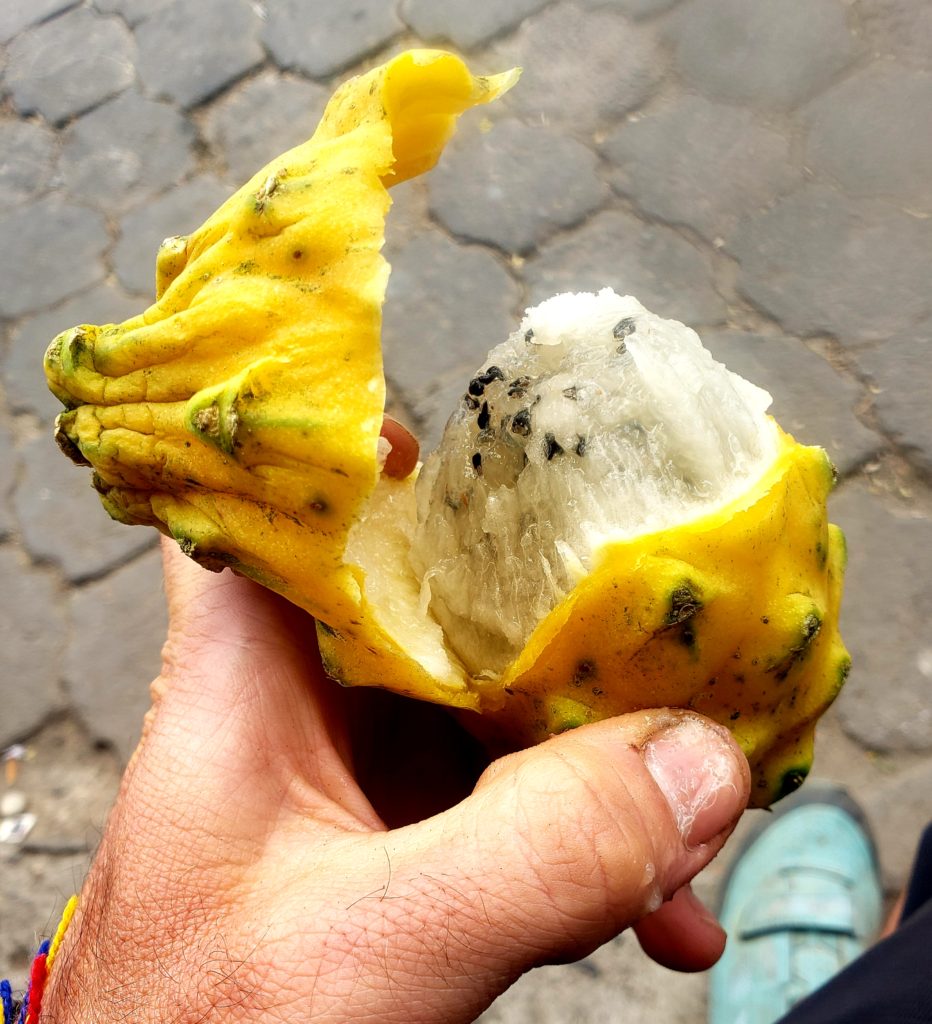
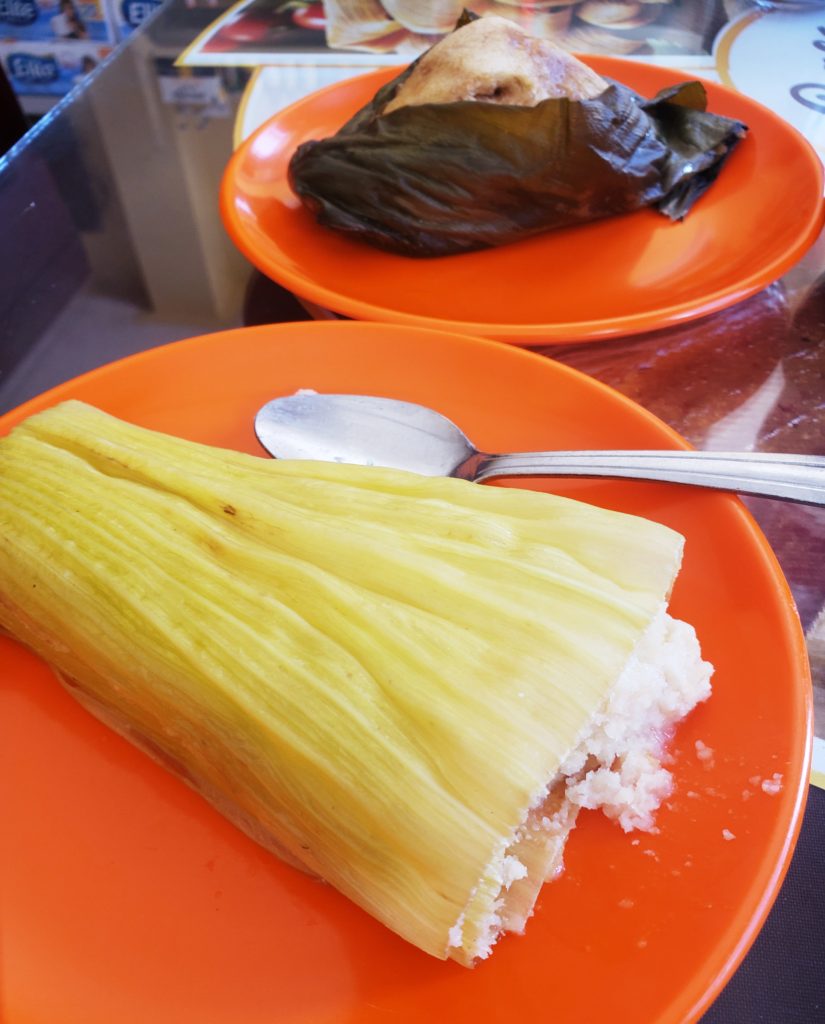
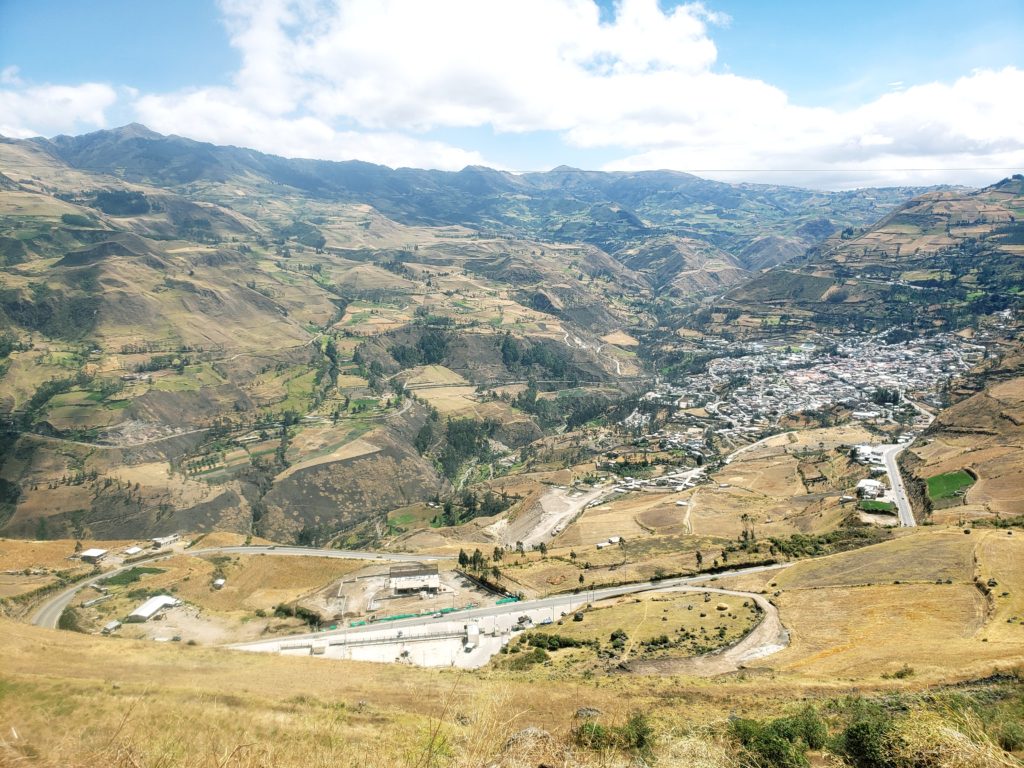
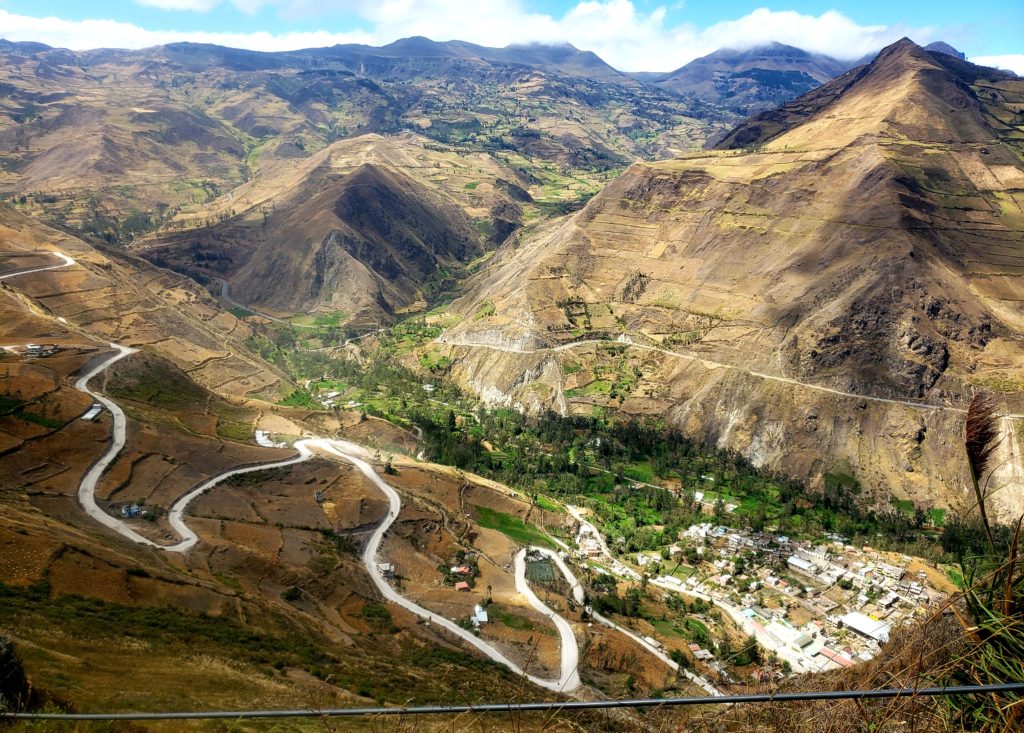

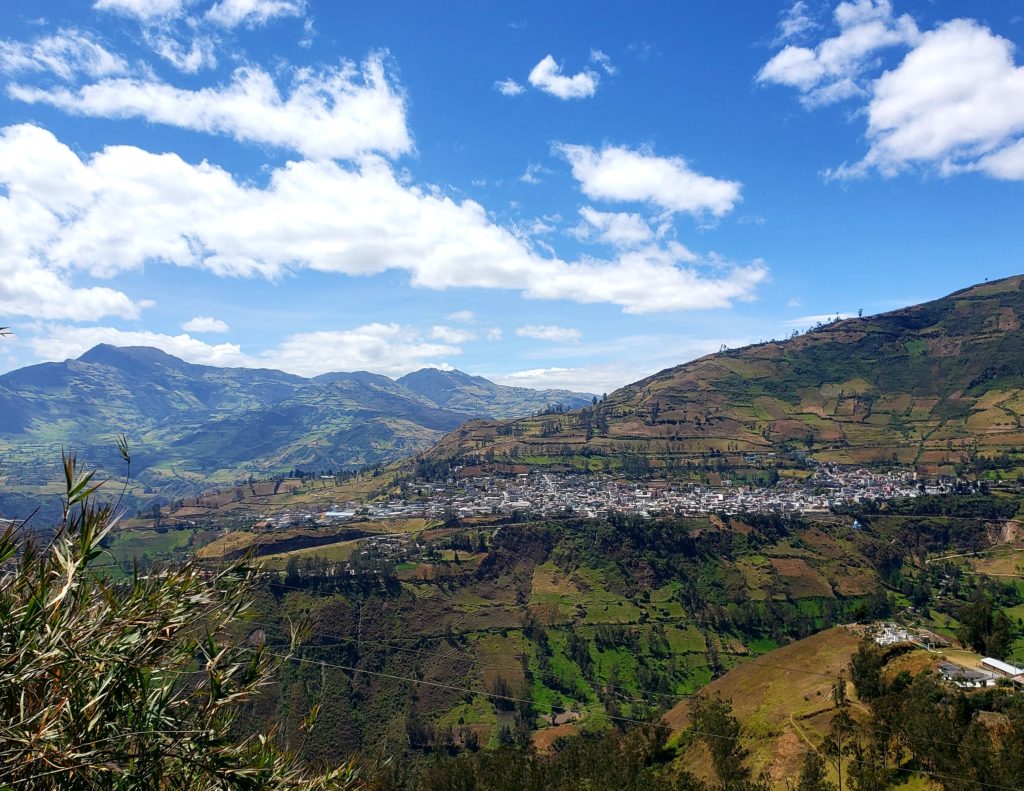
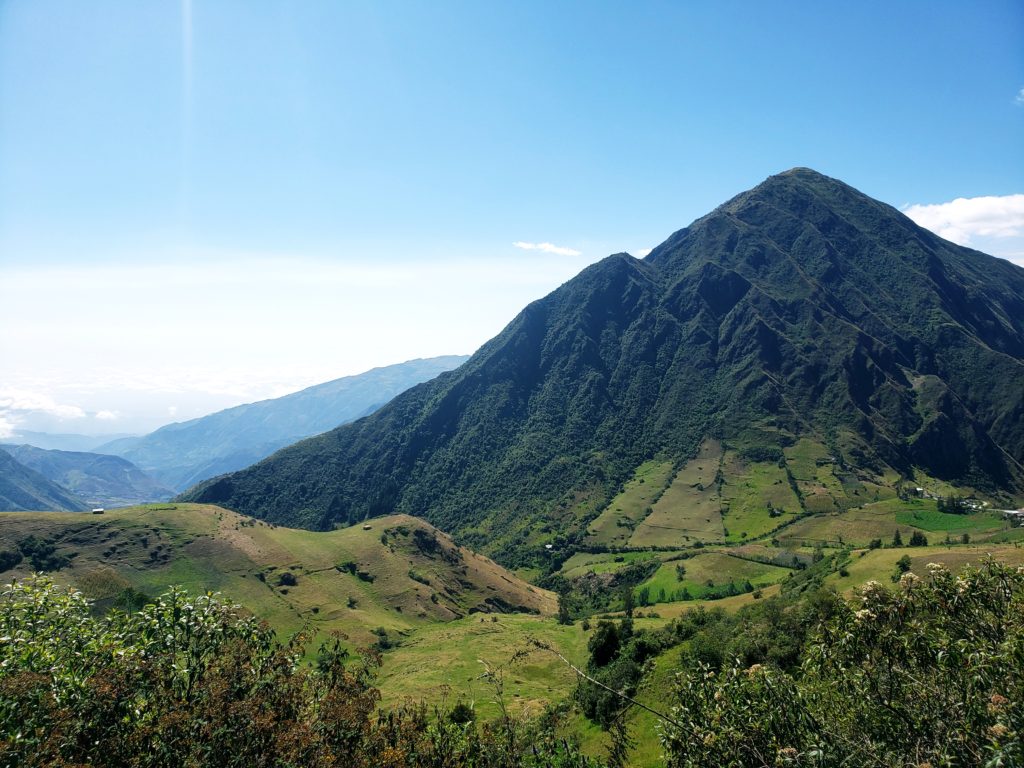
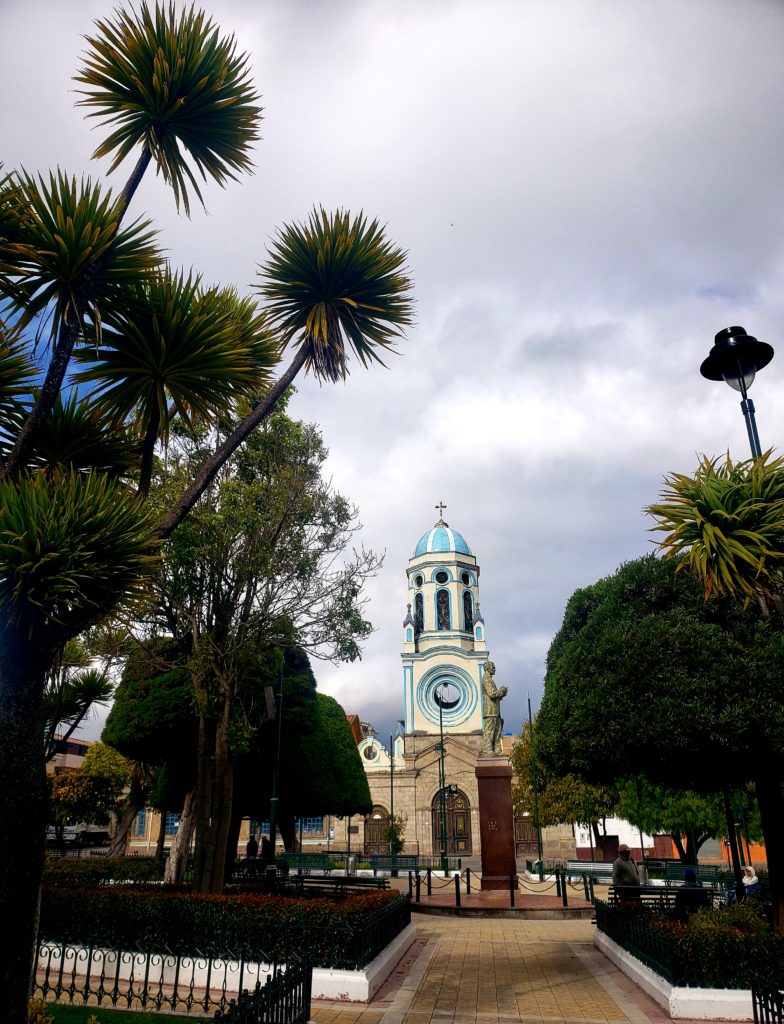
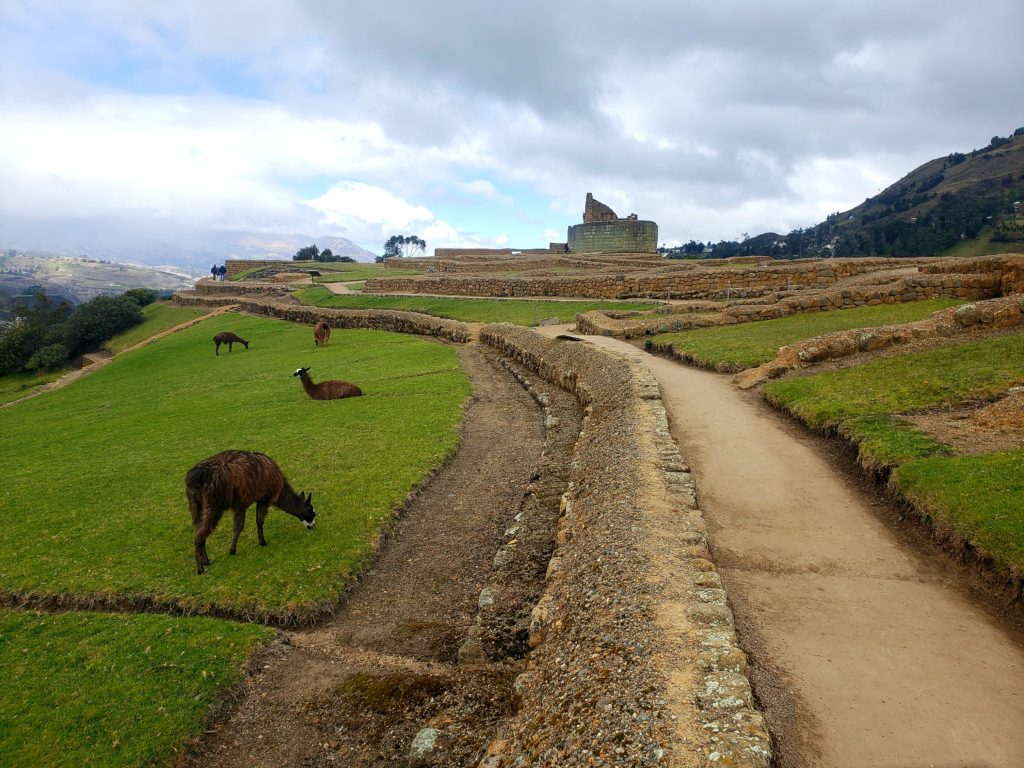
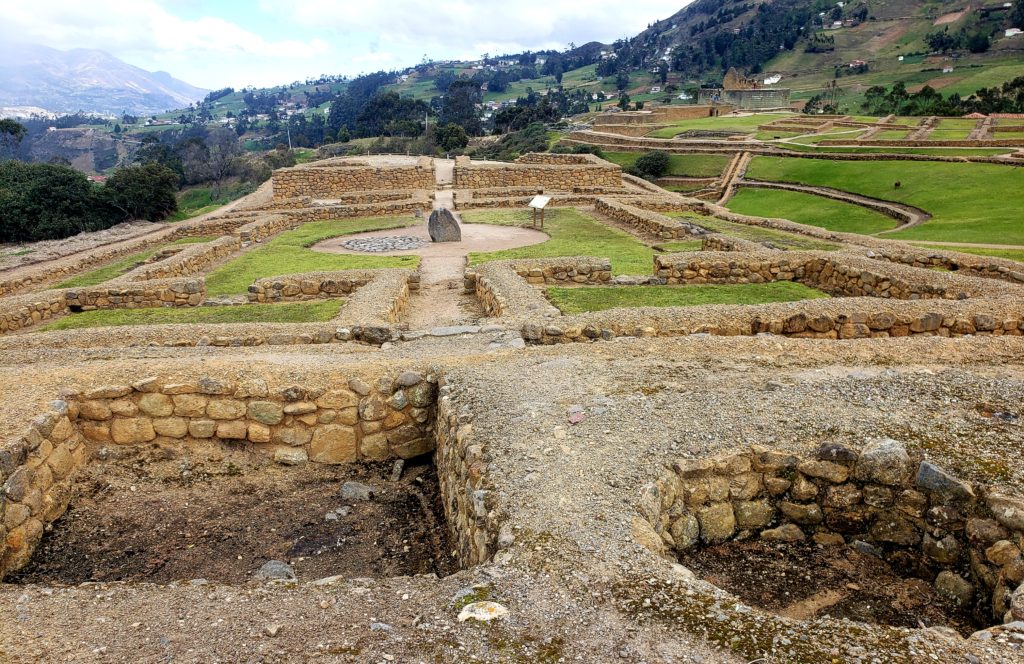

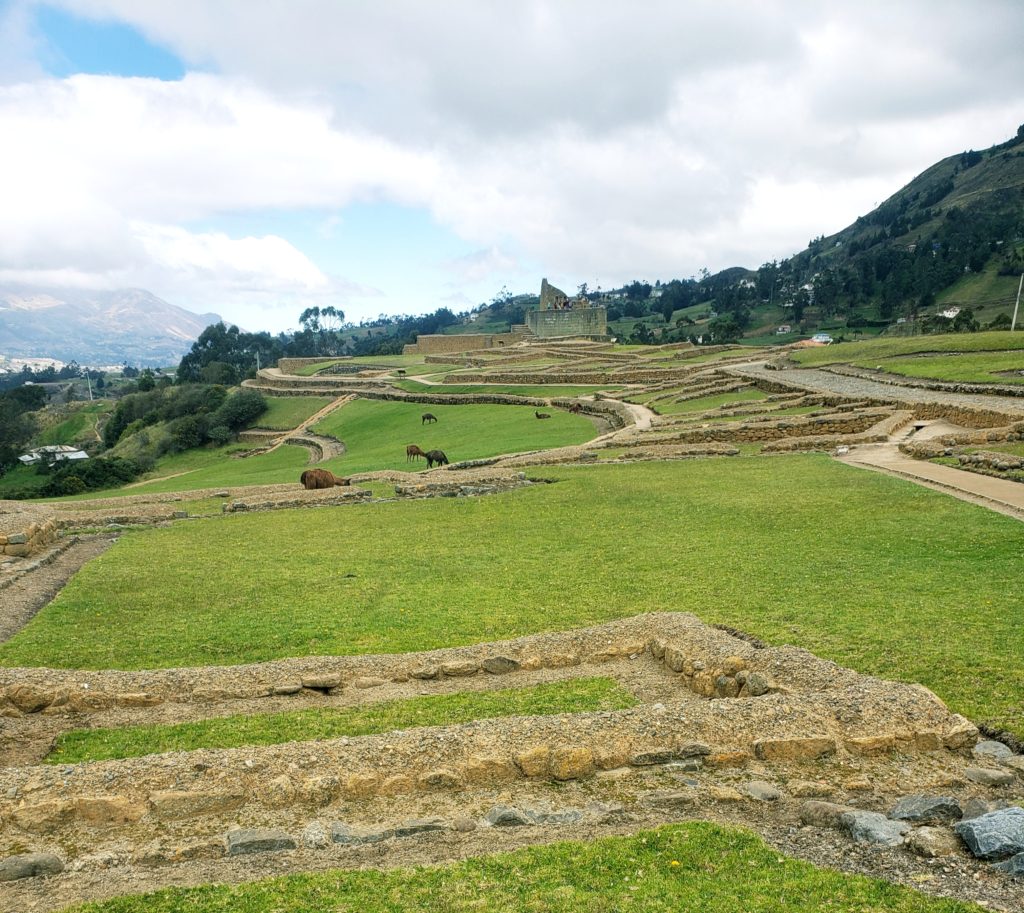
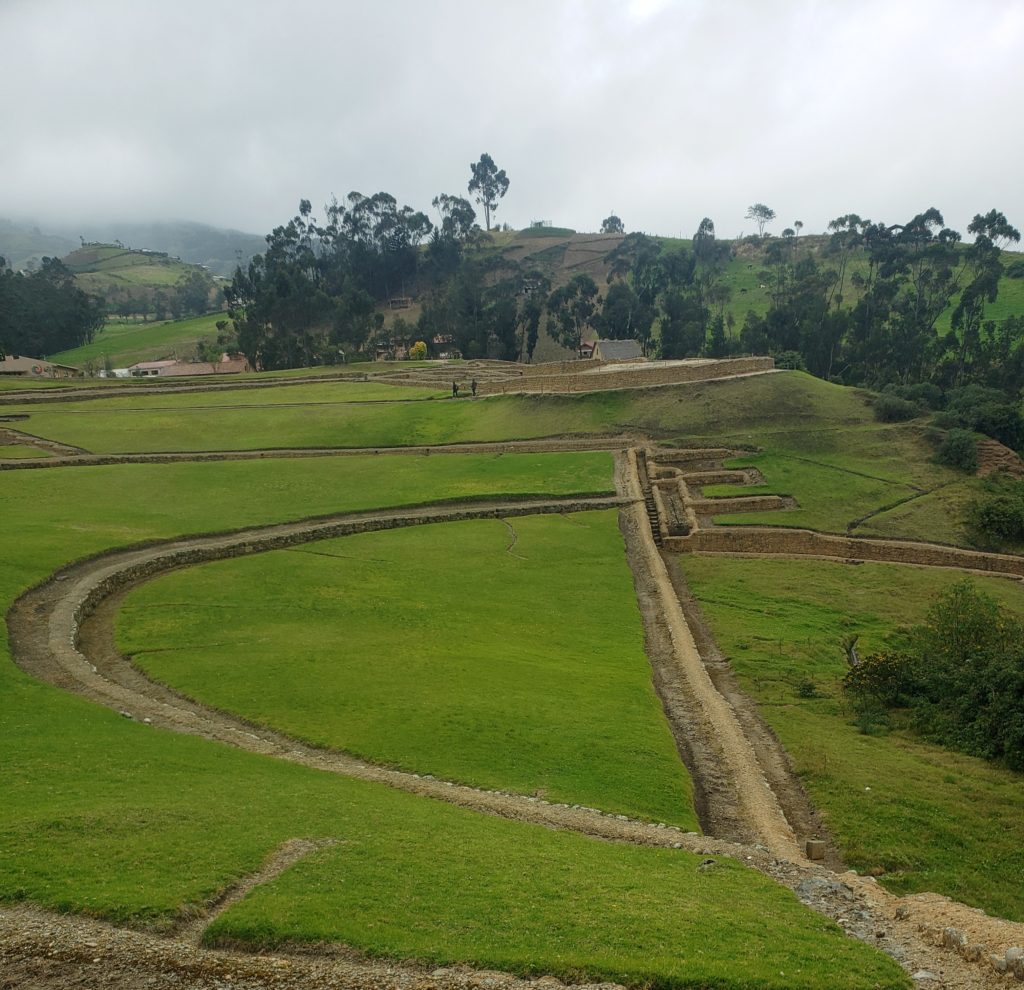
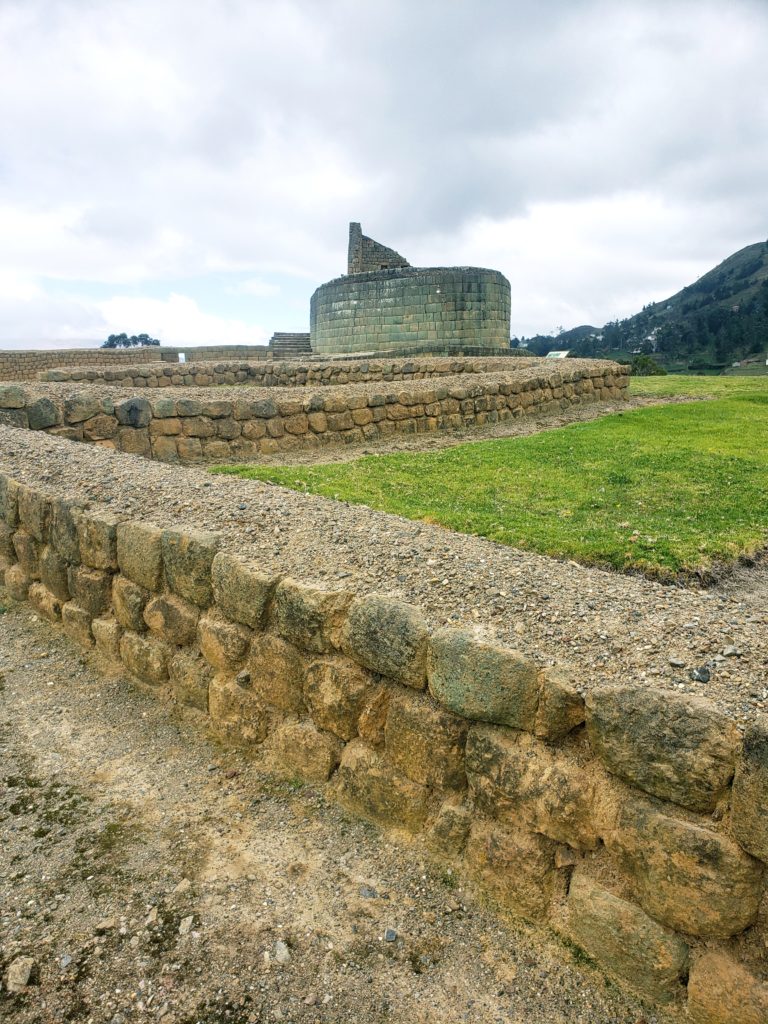
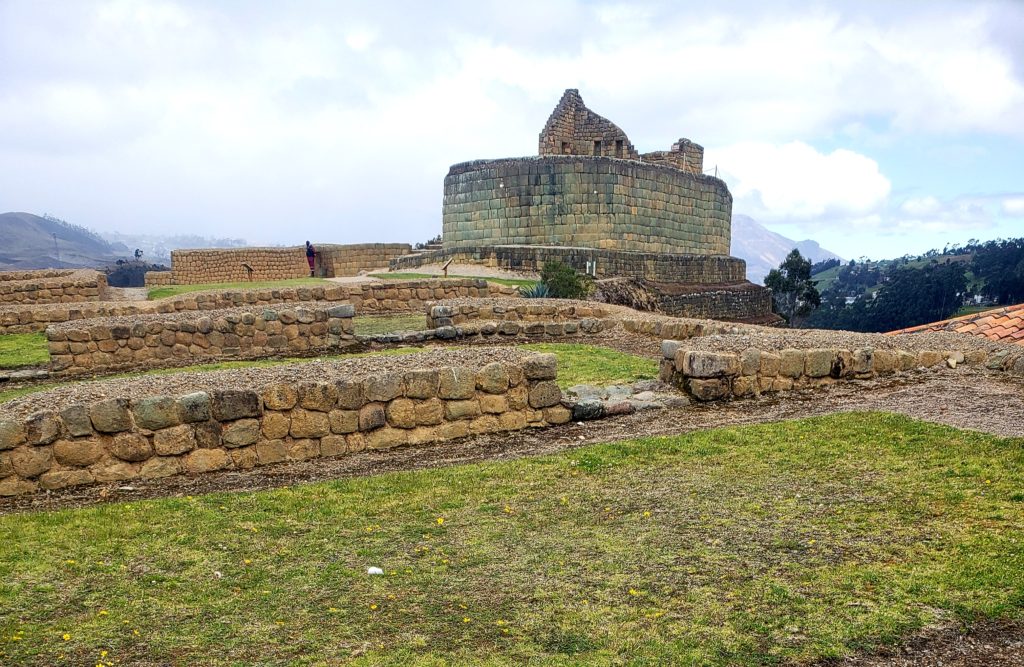
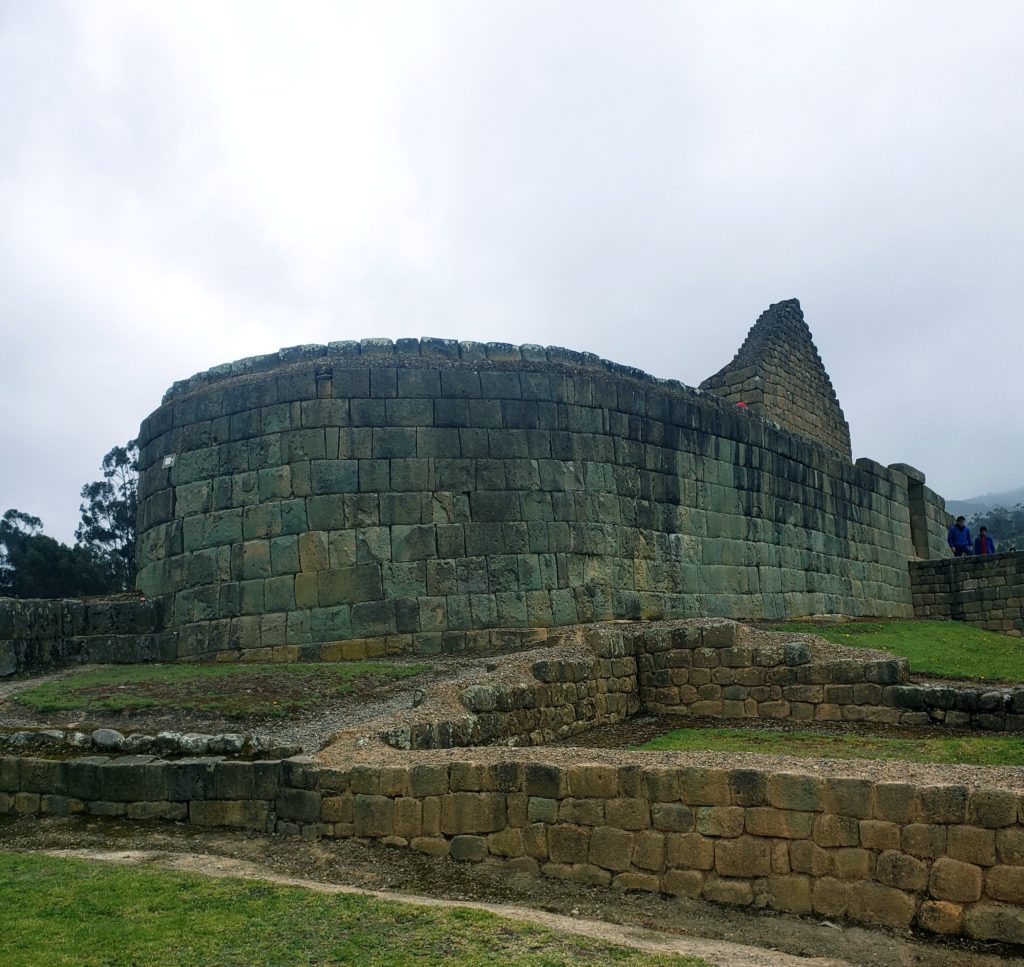
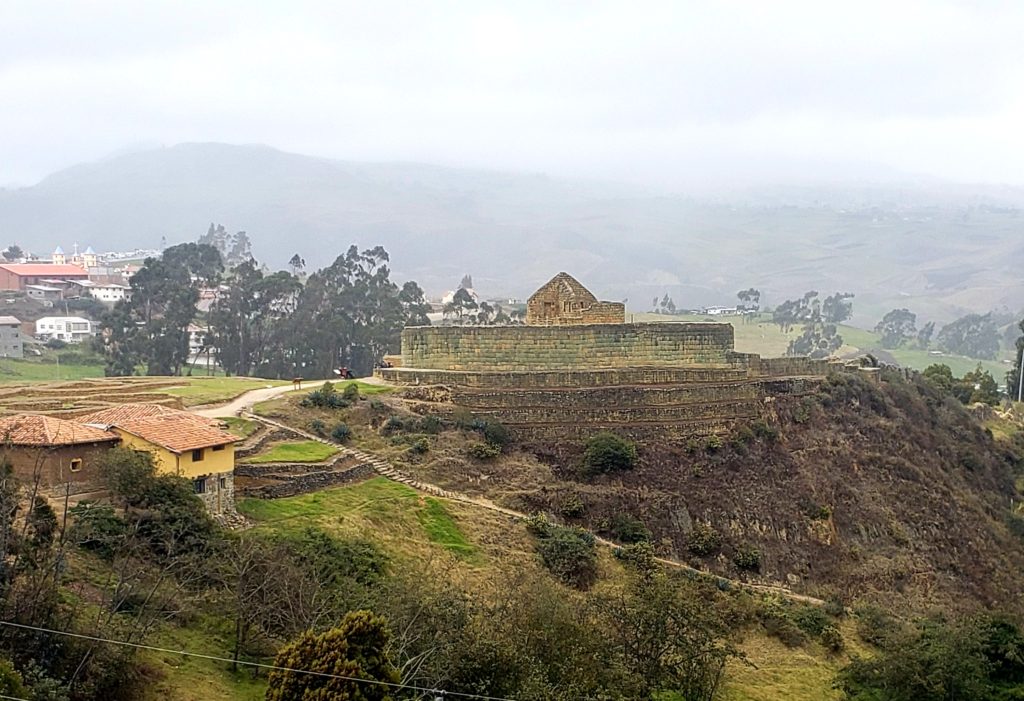
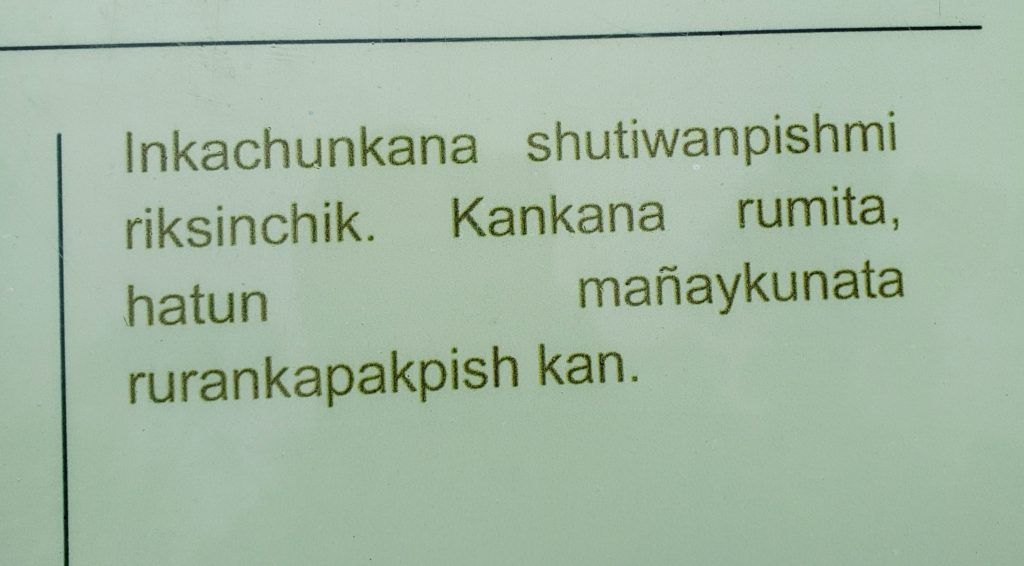
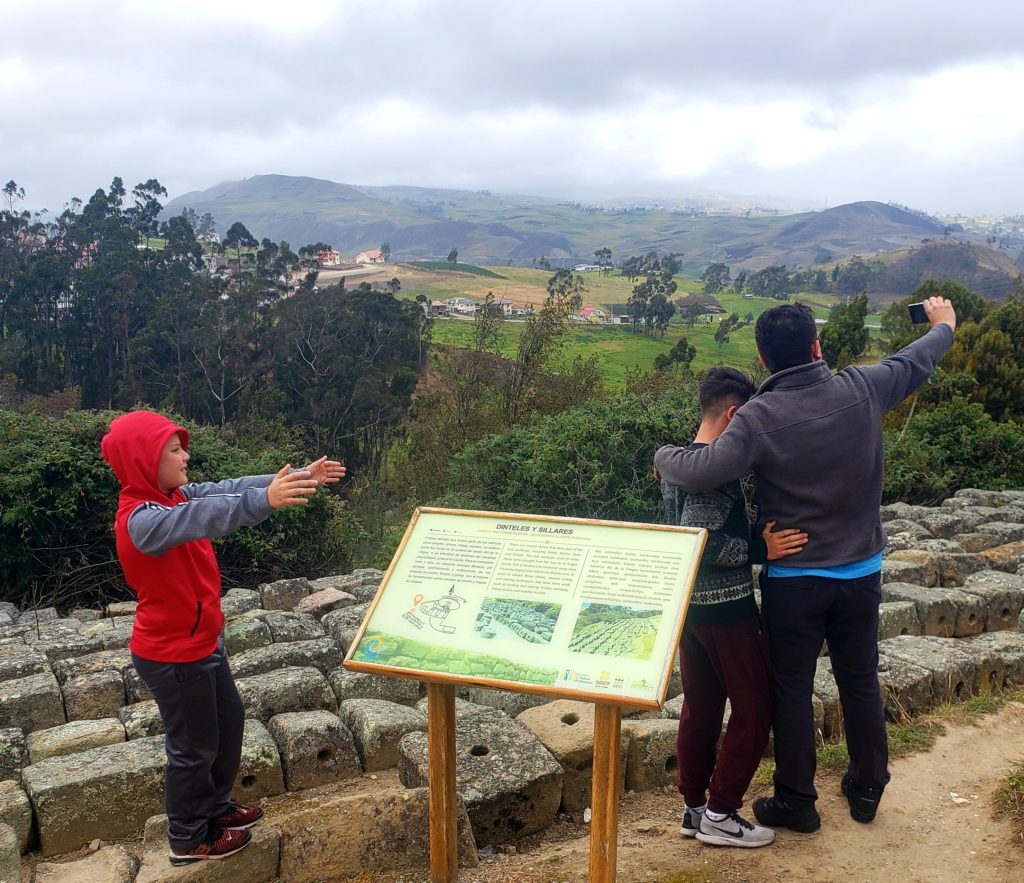
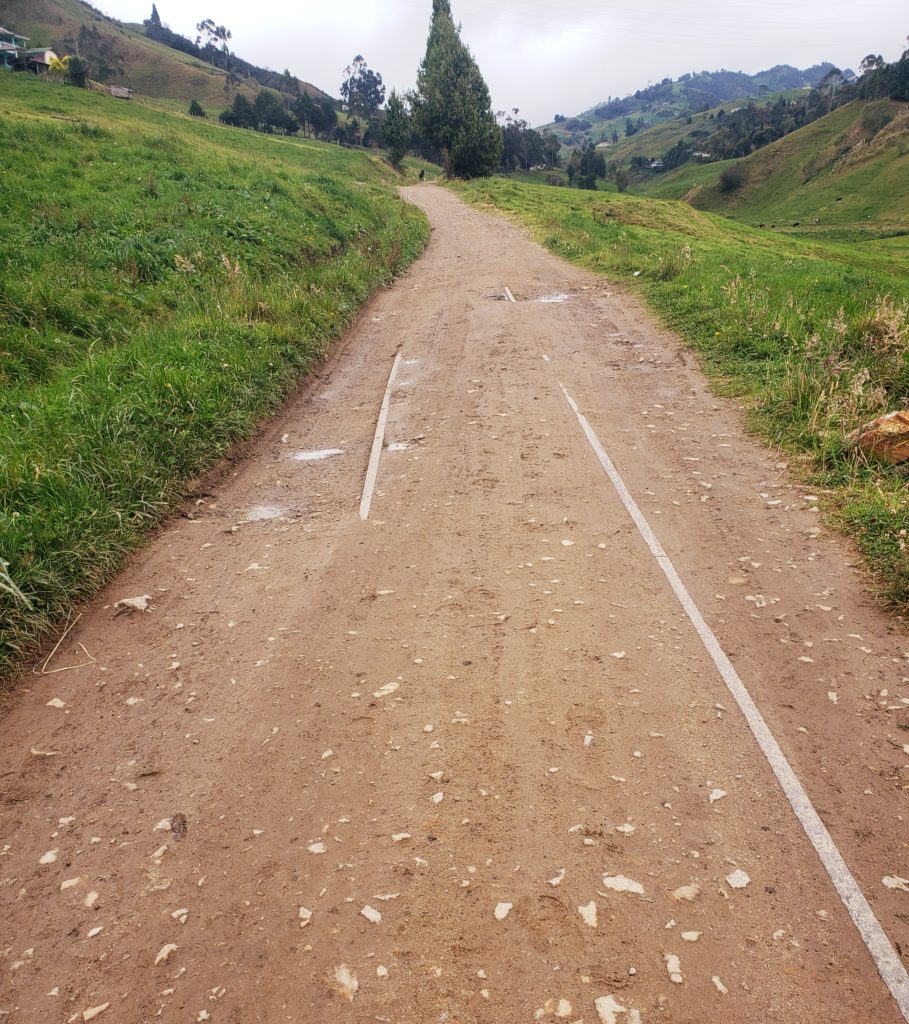
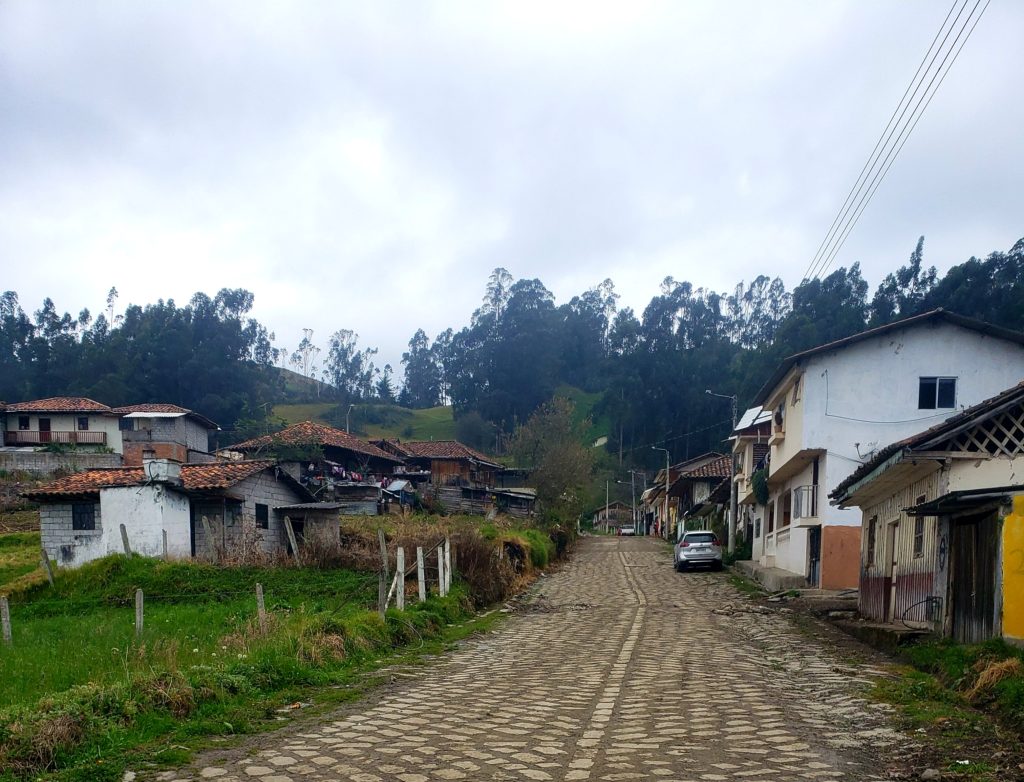
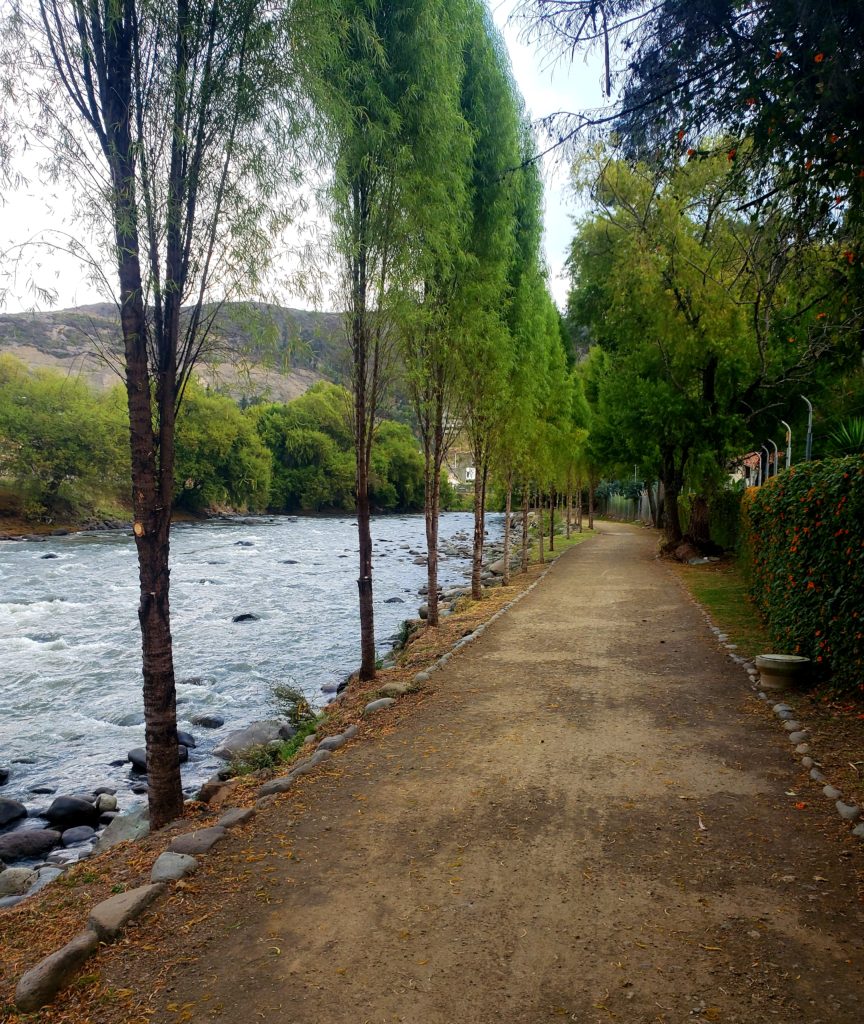
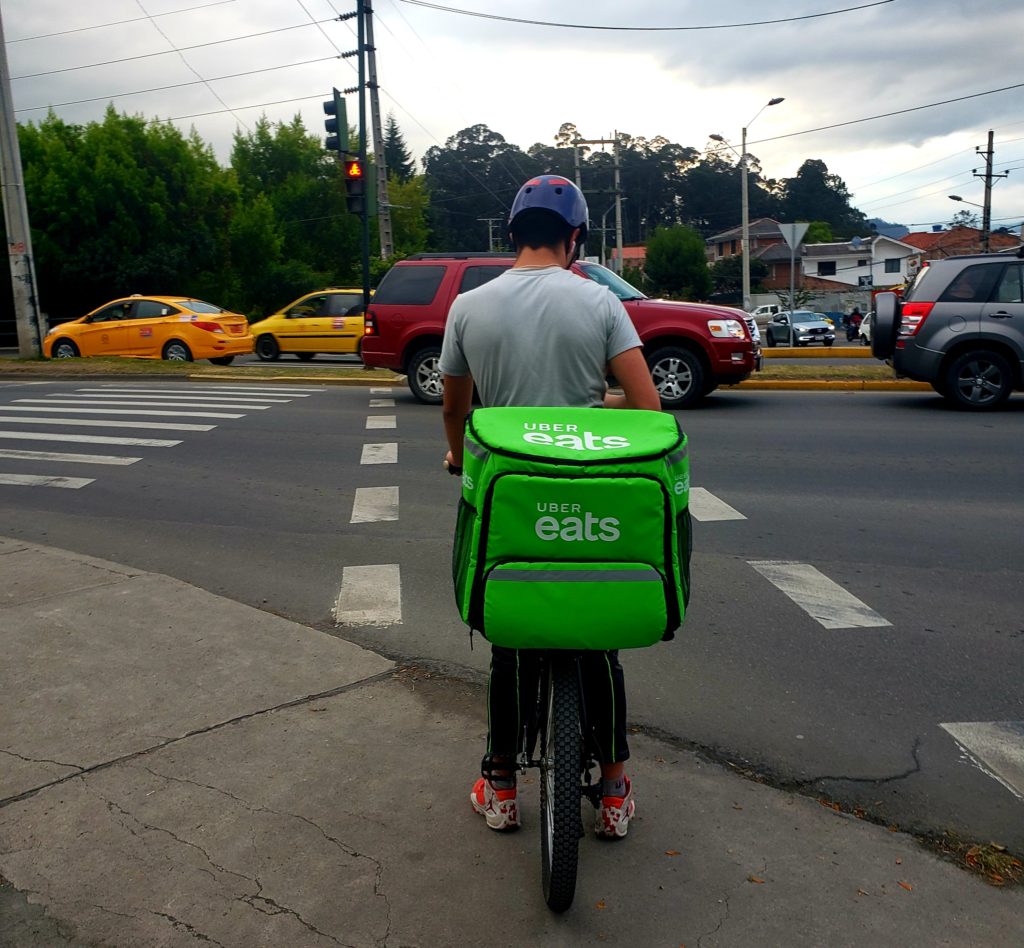
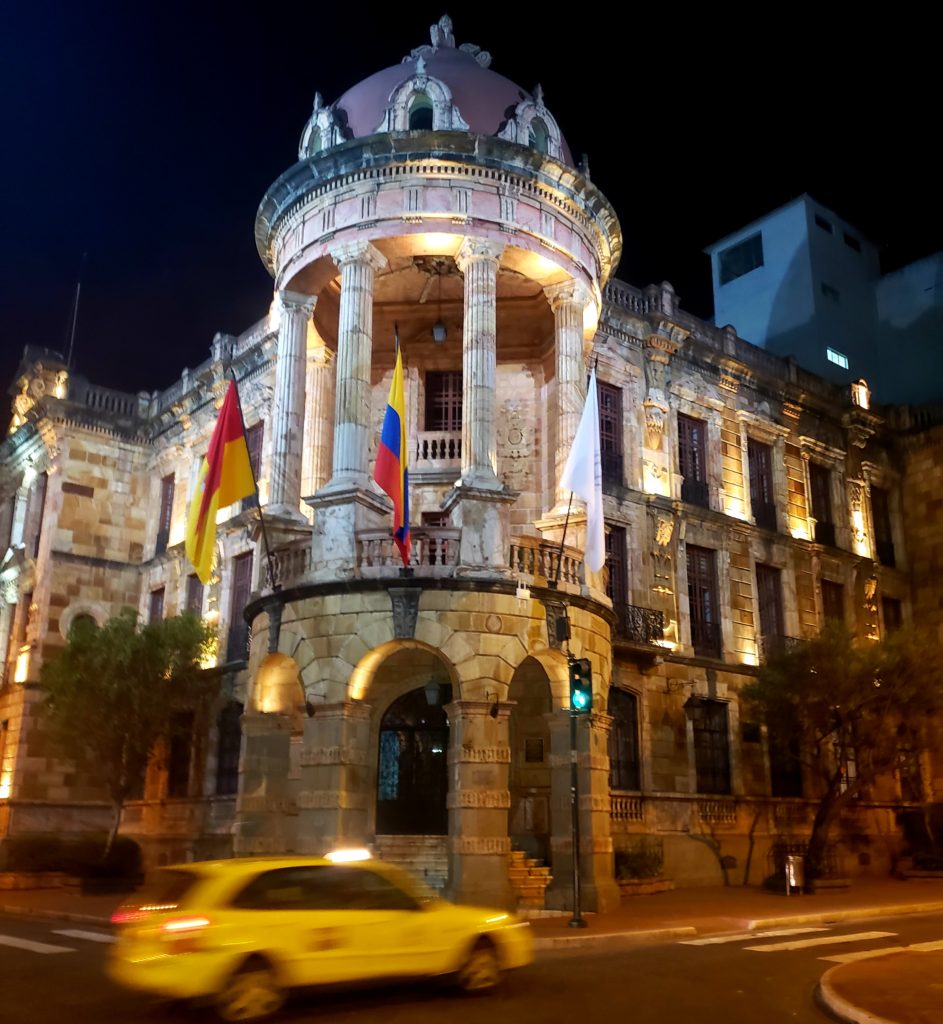
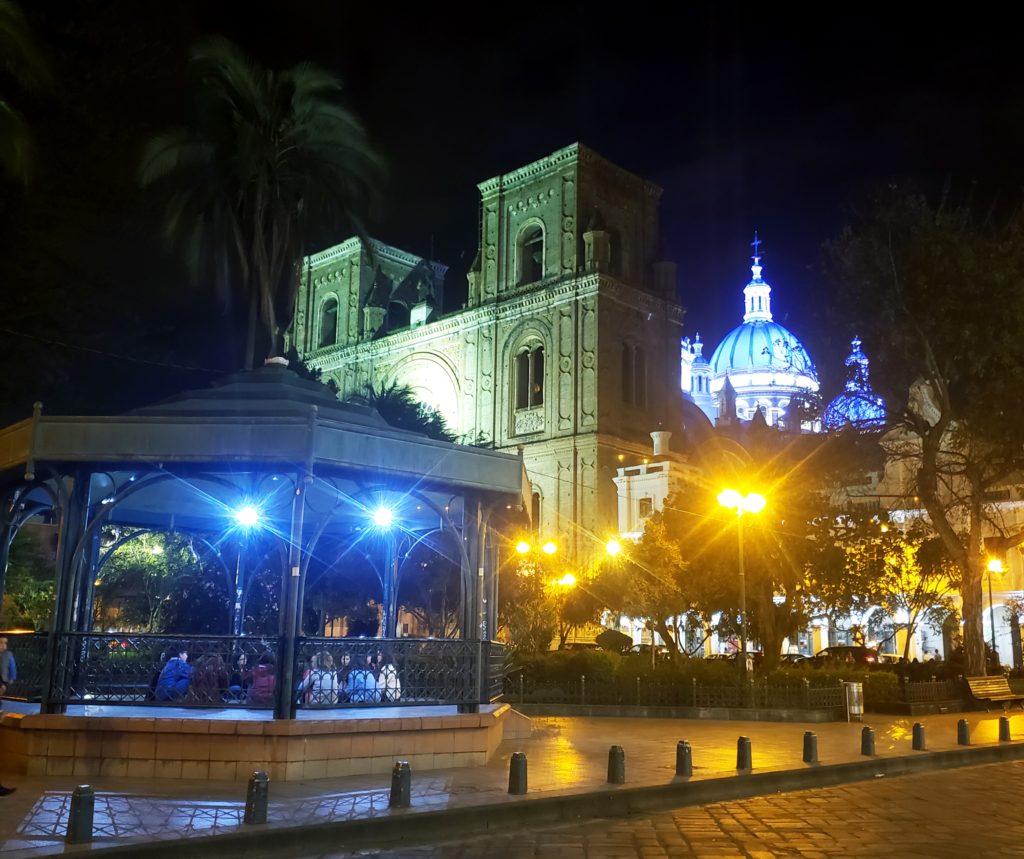
Archives
Calendar
| M | T | W | T | F | S | S |
|---|---|---|---|---|---|---|
| « Mar | ||||||
| 1 | 2 | 3 | 4 | |||
| 5 | 6 | 7 | 8 | 9 | 10 | 11 |
| 12 | 13 | 14 | 15 | 16 | 17 | 18 |
| 19 | 20 | 21 | 22 | 23 | 24 | 25 |
| 26 | 27 | 28 | 29 | 30 | 31 | |